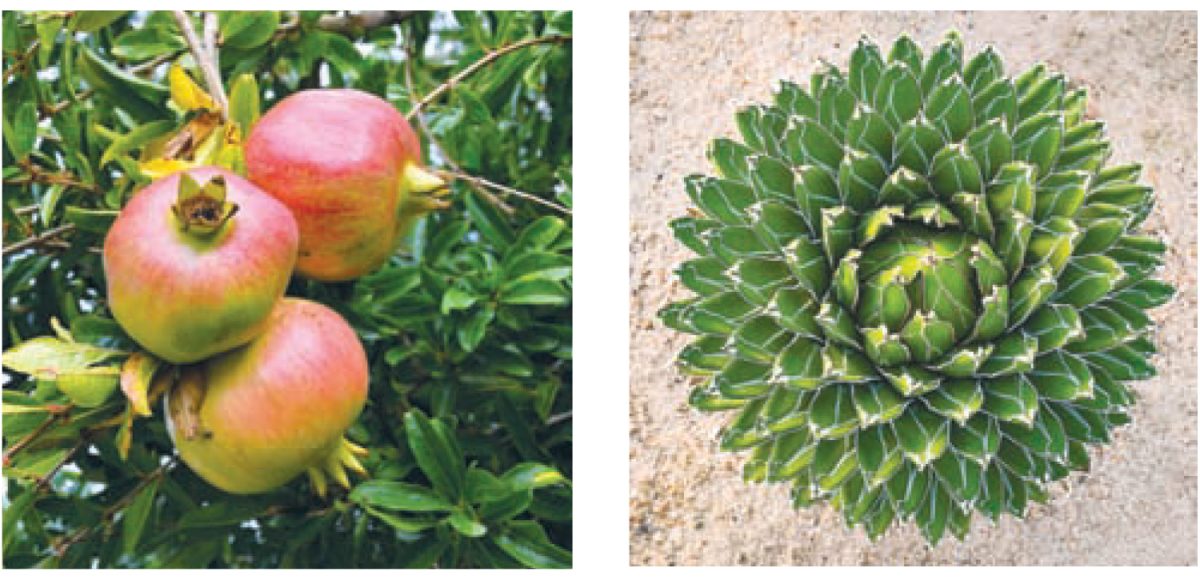The Courier reached out to acclaimed architect and landscape architect, Mark Rios, for our inaugural Design page. It was a propitious choice. Among the topics Rios proposed was fire safety, a subject on the minds of readers this time of year.
Rios’ reputation, of course, precedes him. Formally trained in both architecture and landscape architecture, he founded his practice in 1985 with the vision to imagine, design, and build complete environments. The firm has developed an international reputation for its groundbreaking multidisciplinary approach. Rios’ eclectic interests, innate curiosity, and ability to see things from multiple perspectives propelled the firm beyond the borders of architecture and landscape architecture to incorporate interior design, graphic design, product design, branding, and urban planning.
The firm has a focus on collaboration across disciplines, with colleages free to draw from different design influences. The firm’s client list includes private individuals, entertainment studios, commercial developers, cultural and educational institutions, city agencies, retail and restaurant establishments.
Recent fires have brought to light a new normal for communities in Southern California. The greater frequency of fires, as well as the proximity to homes as with last month’s Getty Fire and the 2017 Skirball Fire is eye opening. The planning and design of our cities and communities must understand and address resiliency to these potential dangers. Terms like fuel ladders have become as important in design as energy efficiency and water savings. There is new and important relationship between plants and fire protection in the wild urban interface, the zone where neighborhoods meet the natural environment of canyons and woodlands. This area is increasingly impacted by the cycles of fires that dot the State during the Fall and Winter and the mudslides that can later follow.
Beverly Hills represents a rich cultural and ecological landscape. The City, once a desert oasis, is now known as the Garden City for its lush greenness, magnificent street trees, and botanical diversity. After Beverly Hills was incorporated in 1914, it grew tremendously, and so did the landscape, transforming from a desert into the fantasy that exists today. The nurseries in the area bourgeoned, a testament to gardens and how they make people feel. The greenness of the gardens provide a verdant backdrop for a thriving community. Its tree canopy creates a green umbrella that benefits the City. This urban forest provides visual interest for streets and gardens and its overstory establishes a unique microclimate. Clearly, Beverly Hills is a place that loves landscapes and curating those landscapes into something very special.
Plants are extremely important to being fire-wise, especially in what is known as the defensible space surrounding homes in residential areas. This area is defined in numerous resources available through The Los Angeles County Fire Department, but is essentially a series of zones that successively ripple out from a structure. Each zone dictates strategies about plant placement, size, and height as well as characteristics like water retention capacity and oil and resin content.
The ecological DNA of Southern California provides clues about what performs best in all kinds of environmental conditions. Many of the native plants that thrive here are not only ideal for fire protection, but they also create biodiverse habitats and food sources for creatures including birds and other pollinators. There are native plants that are drought tolerant and lush with beautiful form and leaves, appealing to the goals for beauty and sustainability and helping to establish the idea that cacti are not the only way to be drought tolerant. Malephora luteola, or yellow ice plant is a vibrant green ground- cover with yellow flowers. Myrica californica, or Pacific wax myrtle, is a native shrub with glossy leaves that can grow beautifully into a screen or hedge. The funny-faced monkey flower, diplacus longiflorus, is another distinctive flowering shrub for a lush native garden.
Non-native trees with high oil and resin content, including cypress, eucalyptus, and pine, are often selected because of their fast growth and low water needs, but they provide dangerous fuel for wildfires in their leaves and bark. Instead, they are best replaced by native trees that are more suitable for our ecology and wildlife. Quercus agrifolia, also known as the coast live oak or California live oak, has a wide and dense canopy. Its waxy, thick leaves grow densely so as to prevent astray embers from reaching the understory below. Even in a fire, they may scorch, but are rarely destroyed and can sprout new growth after a fire. Quercus douglasii, or blue oak, is another such hardy and incredibly resilient native tree.
Many may ask, what about the palm trees? The iconic palm lines streets and boulevards and defines the skyline throughout Beverly Hills. With proper distance from structures as well as correct maintenance, including removing fibrous material, dead fronds, and skirts of dead thatch, the palm can serve fire-prone areas responsibly.
Plant maintenance is key. The most helpful action for fire prevention is ensuring proper care of plants and trees in gardens and next to structures for both access and protection. Regular pruning of dead branches and fronds, trimming plants beneath trees, removing dry leaves, and cutting back branches from any structure all provide the first step in fire safety.
The beautiful hills are in the most jeopardy. Fire moves breathtakingly quick in the canyons that adjoin residential areas. In the Bel Air Fire of 1961, the fast-spreading fire destroyed 500 homes and prompted the brush clearance laws and fire design guidelines that are in place today.
An indigenous CA landscape typology, whether used in a formal alee or in a naturalized landscape, is equally at home in Beverly Hills as it is in more remote areas of Coastal Southern California. And in both the formal and the expressive arrangement, fires don’t care about the form, which allows for the design of multiple experiences in the characteristic landscape of Beverly Hills.
Finding beauty in the native historical landscape as it can be magnificently curated for Beverly Hills is incredibly important to resilience. Drought tolerance and fire resistance can coexist with beauty in a landscape through the selection and arrangement of native plants.
The same ideas that define stunning, native residential gardens can be applied in creating the gardens, parks, and streetscapes that make our cities vibrant, walkable, and green. And the native plants that thrive on the hills above can also frame beautiful gardens in the flats that inspire users and visitors with their natural splendor. Beverly Hills is filled with architecturally significant buildings and rich gardens and streets with wonderful and diverse trees. In the amazing environments that are already constructed and those planned for the future, one thing is clear: there is an incredible future for Beverly Hills. The visionary homeowners and business owners are dedicated to a responsible future, one that recognizes the rich heritage of place and the value of the garden.
Mark’s favorite plants to consider:
Madrone, Arbutus menziesii
Western redbud, Cercis occidentalis New Zealand Christmas tree, Metrosideros excelsus
California live oak, Quercus agrifolia Blue oak, Quercus douglasii
Agave, Agave victoriae-reginae
Monkey flower, Mimulus longiflorus (Diplacus longiflorus)
Red hot poker, Kniphofia uvaria
Dwarf karo, Pittosporum crassifolium, Mock orange, Pittosporum tobira
Pomegranate, Punica granatum
Firethorn, Pyracantha
Evergreen currant, Ribes viburnifolium
Trumpet vine, Campsis radicans Potato vine, Solanum jasminoides Honeysuckle, Tecomaria capensis Wild ginger, Asarum caudatum
Santa Barbara daisy, Erigeron karvinskianus
California poppy, Eschscholzia californica
Creeping red fescue, Festuca rubra
Giant turf lily, Liriope gigantea
Sedums, Sedum brevifolium and Sedum confusum
Periwinkle, Vinca major
Bush morning glory, Convolvulus cneorum







